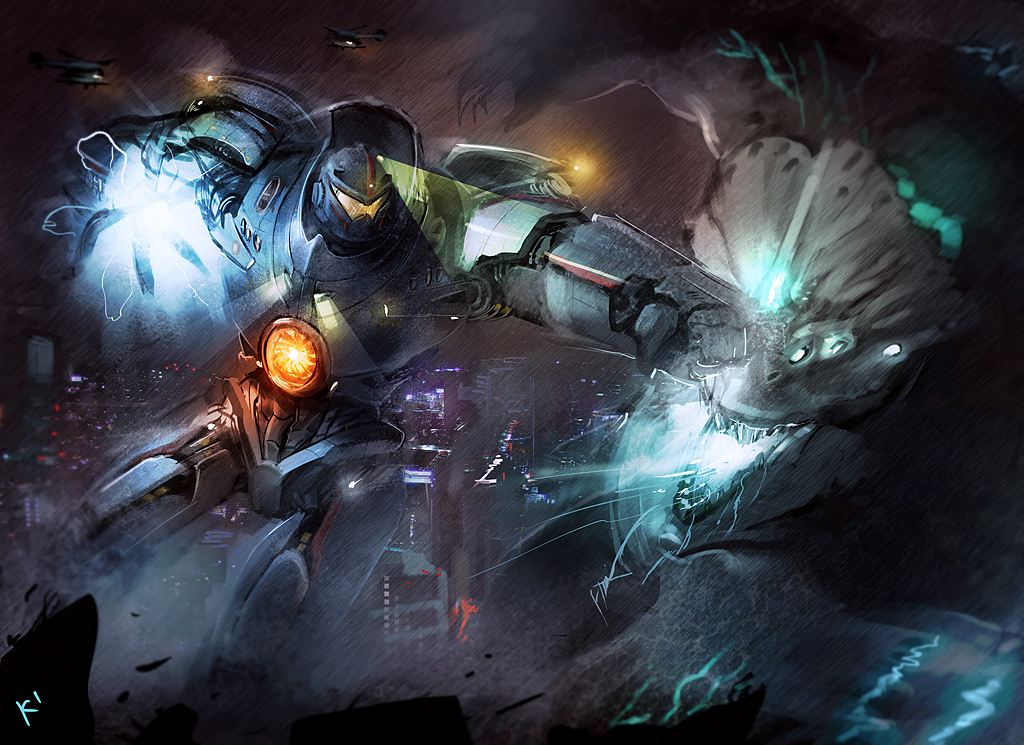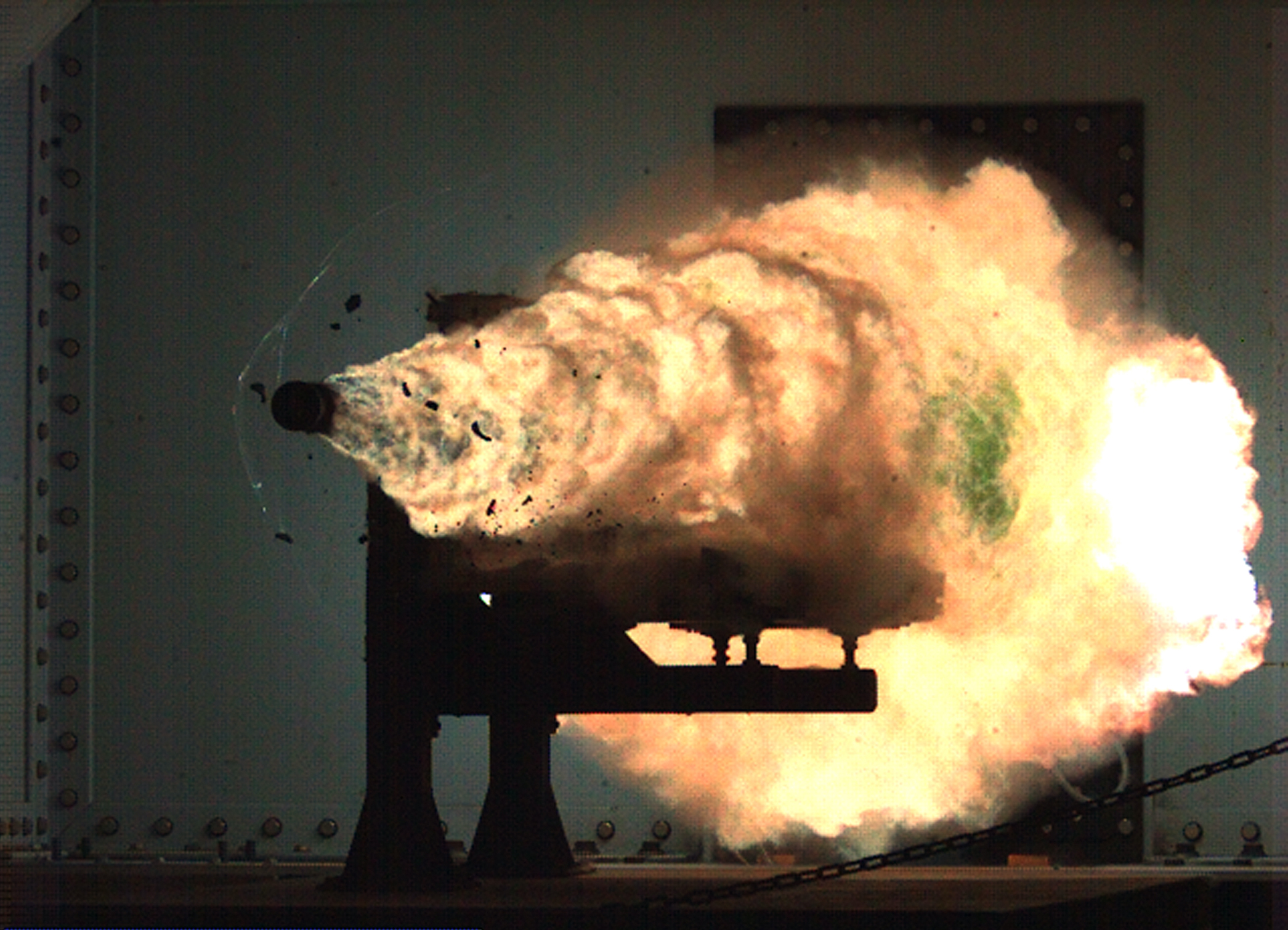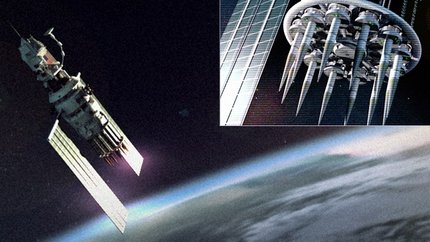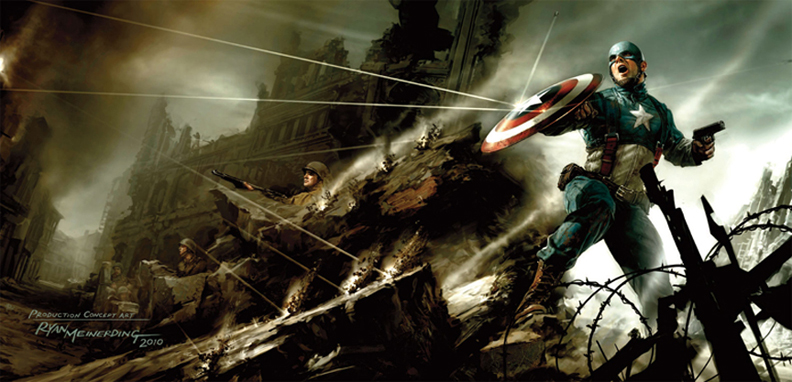Hi everyone, I know that this blog is supposed to be about physics, but I’m currently taking a class in microeconomics, and I’ve had some thoughts on the subject. I think that the they are still consistent with the theme of my blog, so I’m going to talk a little bit about sports economics.
Why do sports athletes get paid so much? Many athletes easily make millions of dollars a year, and that’s not considering the advertisement and sponsorship deals they get. Stars like LeBron James and Miguel Cabrera easily make tens of millions, but even no-name benchwarmers get paid more than most people will make in their lifetimes. It would be tough to argue that athletes contribute to society more than scientists, engineers, or teachers. So why are athletes being paid so much more?
Well, the truth of the matter is that athletes generate revenue. I’m going to use baseball as my example, because there are a lot of statistics on this topic. As I write this, the Giants have just won the World Series.
A player’s job is to generate wins for his team, and through statistics such as WAR (Wins Above Replacement), we can estimate with startling accuracy just how many wins a player generated. And what happens when a team starts winning more games? More fans show up at the stadium. More fans watch on TV. More fans buy merchandise. Players generate wins, and wins generate money.
Without access to the checkbooks of MLB teams, we won’t be able to figure out exactly how much money is generated from one additional win. But we can estimate this based on how much teams are willing to pay free agents to generate wins. According to FanGraphs, this is about $5 to $7 million per win. Why is this so high? And why don’t professors get paid $5 to $7 million per research paper?
Well, it’s because of you. And by you, I mean the thousands of fans that are willing to spend $30 on an average ticket or or willing to pay to watch their favorite team on TV. Without people like you spending so much money on sports, teams would not have enough money to pay their players millions of dollars per win. Professors don’t get paid millions of dollars per research paper because there aren’t thousands of die-hard fans who pay to read their papers and root for their favorite professors. If our society valued professors the way we value athletes, we’d be able to see professors on TV every night, there’d be magazines and websites and blogs about professors, and you bet they would make millions of dollars.

http://i.imgur.com/GAK4BvJ.jpg
You can’t really blame the athletes or the football coaches here. They simply generate more money than scientists, engineers, and professors do. And it’s not really surprising that people value the emotion and drama in sports over reading research papers. That’s just the reality of the society we live in. But if you’re a sports fan and you complain about how much money players make, just remember that you’re the one who is giving them that money.
And for the record, I really enjoyed the MLB playoffs this year.










